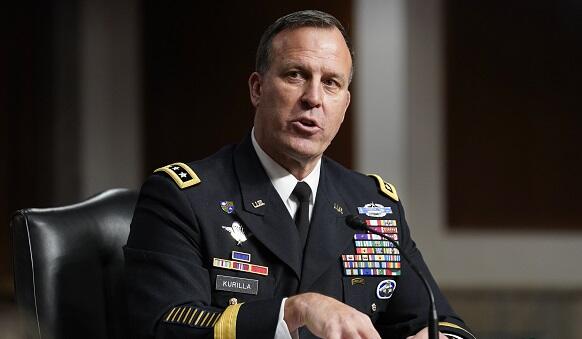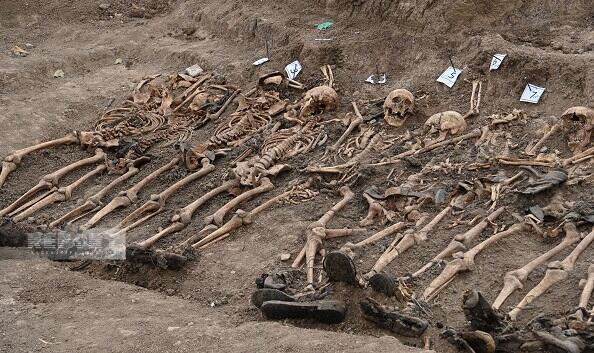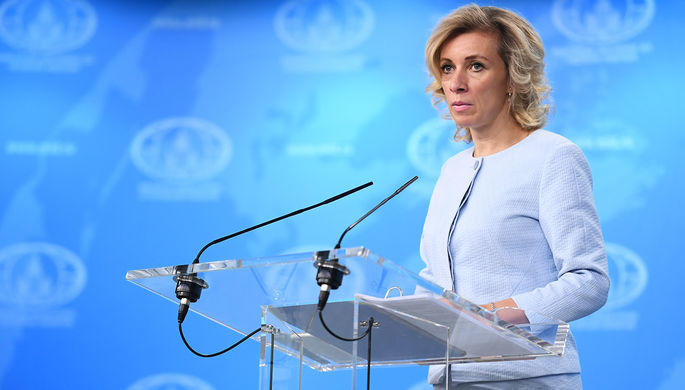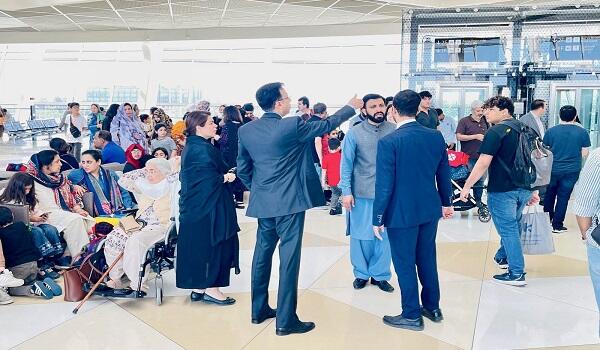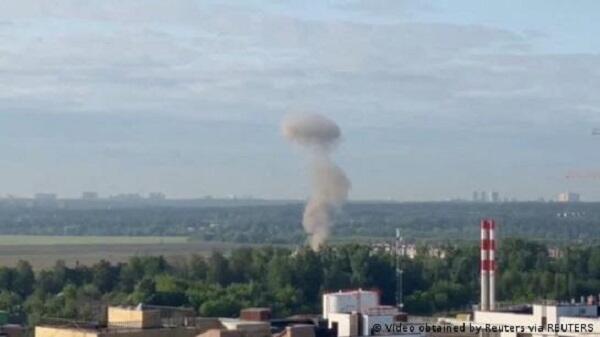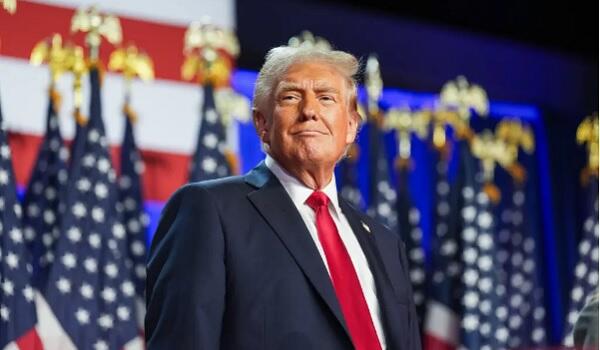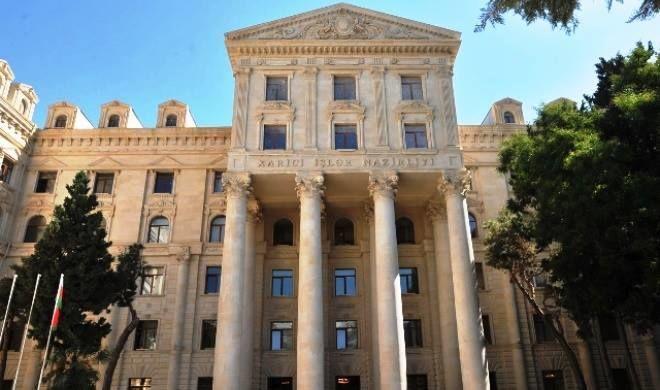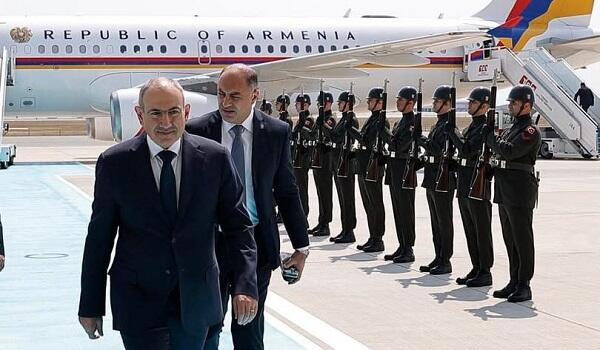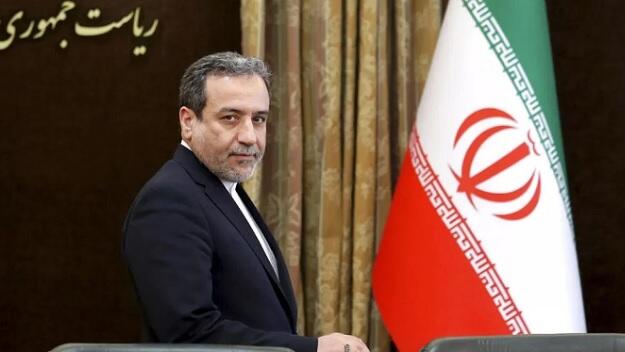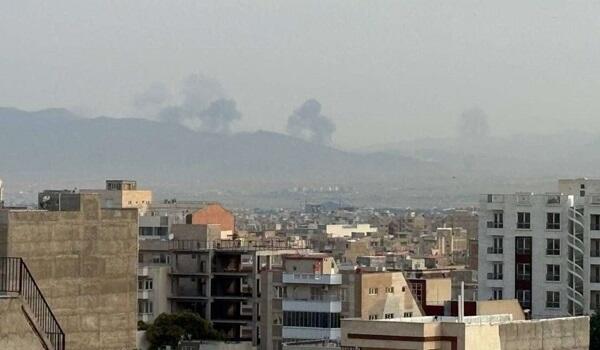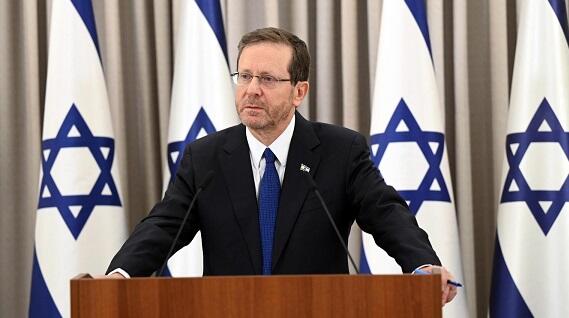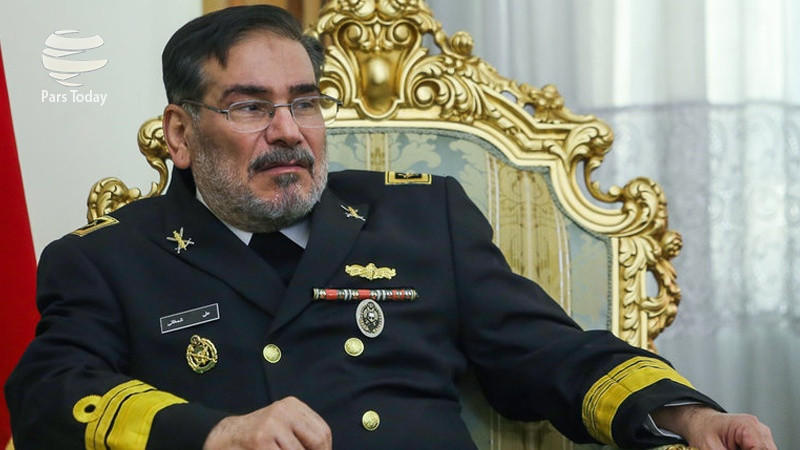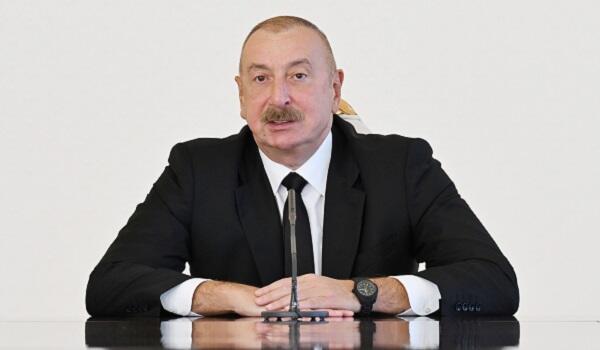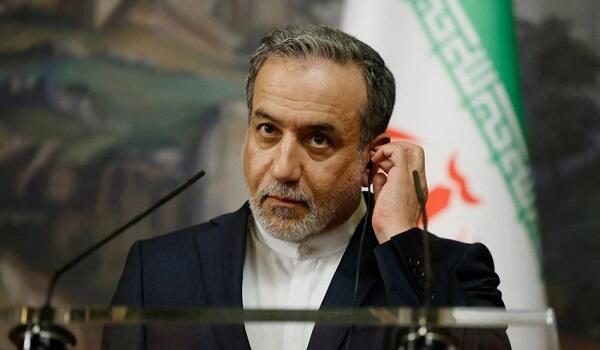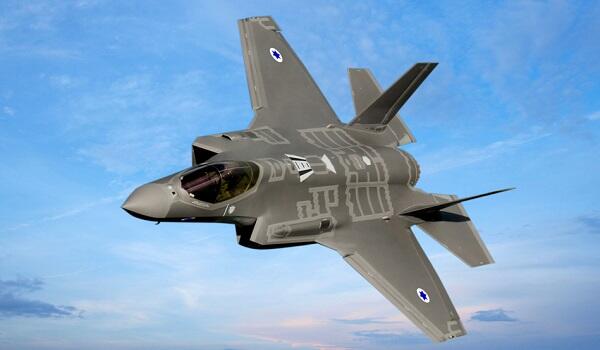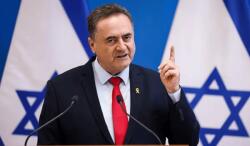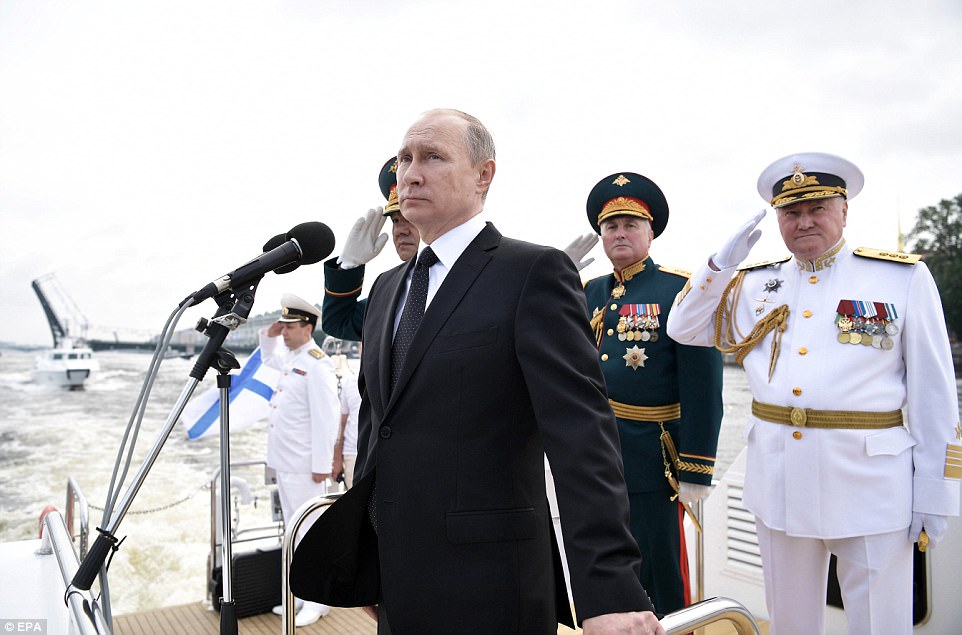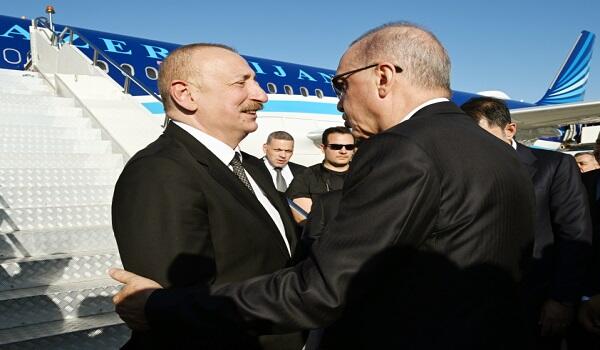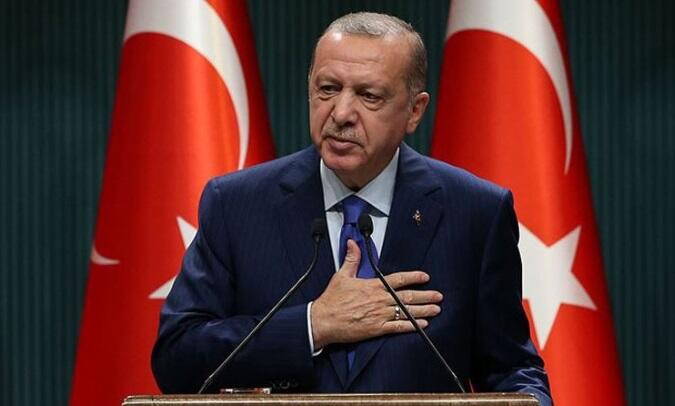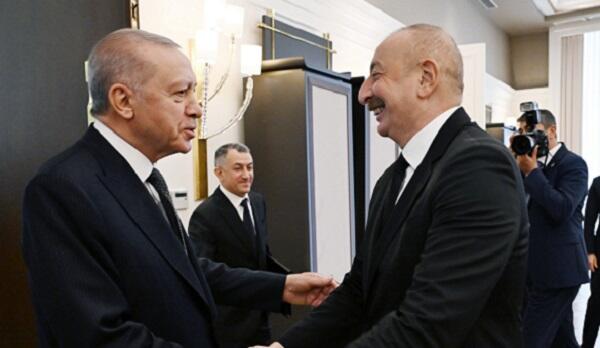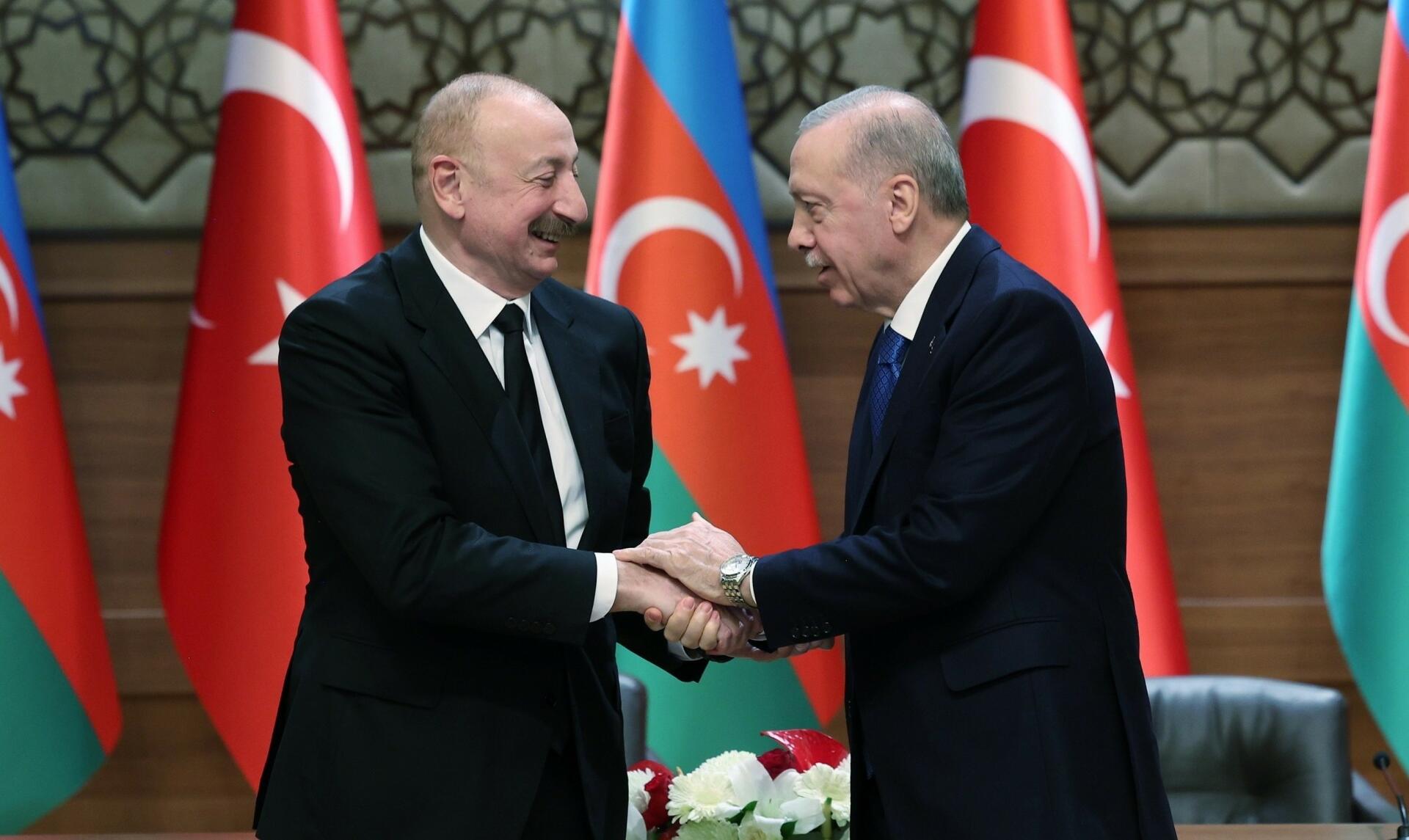Nearly five months since U.S. President Donald Trump entered the White House promising to quickly end the war in Ukraine, it is being fought as intensely as before. Russia has not rejected the idea of negotiations, but despite Trump ruling out NATO membership or U.S. security guarantees for Ukraine, Russian President Vladimir Putin has yet to offer any serious concession to put a deal within reach.
Axar.az reports, citing an article by British political scientist Lawrence D. Freedman published in Foreign Affairs.
At first glance, it is unclear why this is so. After all, the war is now well into its fourth year, and although Russian forces have recently made advances and regularly attack Ukrainian cities with large numbers of drones and missiles, they are still far from achieving Putin’s core objectives. Russian losses have been accumulating at a staggering pace, with as many as 200,000 casualties since the start of 2025 alone. Meanwhile, Ukrainian units have pulled off some stunning operations, including the spectacular June 1 attack on Russia’s strategic bomber force far from the border, and they are increasingly able to use long-range drones to hit military assets and oil facilities inside Russia—challenging any assumptions that Kyiv is on its last legs or that Moscow is close to a decisive breakthrough.
Given that Trump had presented Putin what he assumed to be attractive terms for a cease-fire, he could be forgiven for wondering why the Russian president is being so stubborn. If Putin wanted a way to ease his country out of the war with minimal humiliation, Trump’s offer was as generous as any that a U.S. president is likely to make. A cease-fire would not only allow Russian forces to recuperate after a grueling few years but also potentially get rid of at least some sanctions and provide a chance to normalize relations with the United States.
Yet none of these developments, or the growing economic pressures Russia faces at home, have diminished Putin’s war resolve. Rather than entertain an opportunity for a face-saving cease-fire, Russia has doubled down on fighting. Since late spring, Russia has been attacking Kyiv and other Ukrainian cities with some of the largest aerial bombardments of the war. It has stepped up its latest offensive, pushing forward in Donetsk, moving into Sumy, and trying to enter Dnipropetrovsk. In fact, to close observers of the war, Putin’s intransigence and determination to take more territory at whatever the cost is not surprising. But it offers crucial insights into where the war might be headed now and what it might take to end it.
A TEXTBOOK FOREVER WAR
Although it was intended to be over within days, Russia’s full-scale invasion of Ukraine soon transformed into an inconclusive, open-ended conflict. In a recent article in Foreign Affairs, I addressed the recurring problem in modern warfare of long wars. A central question was how countries cope when wars meant to be short and decisive turn out to be protracted and inconclusive. To end such a war requires both sides to bring military and political objectives into a more realistic alignment. But that becomes harder as a war drags on, with the aggressor now seeking also to avoid the humiliation of defeat and the acknowledgment that the assumptions behind the war were flawed to begin with.



